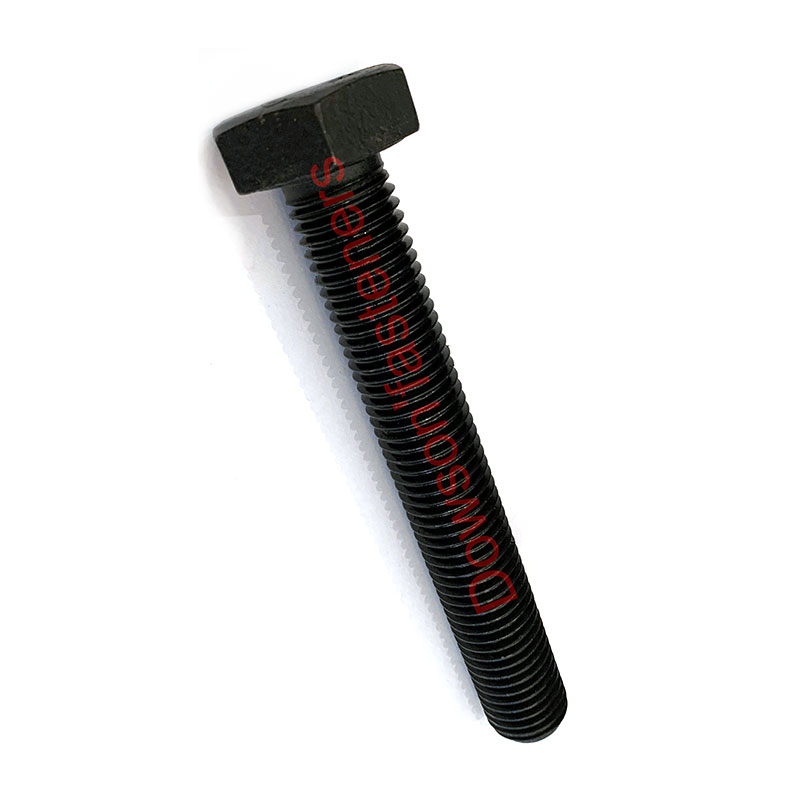Comprehensive Insights into Stud Bolts: Installation Techniques and Industrial Applications
2024-03-05
Introduction:
Stud bolts are a fundamental component in many construction and industrial projects, offering secure fastening solutions for various applications. From holding together heavy machinery to ensuring the integrity of critical structures, stud bolts play a crucial role in the stability and safety of numerous projects. In this blog post, we'll delve into what stud bolts are, how they are installed, and their diverse range of uses across different industries.
What are Stud Bolts?
Stud bolts, also known as threaded rods or studs, are long, externally threaded fasteners typically made of steel. They feature threads on both ends, with a shank portion in the middle. Stud bolts are designed to be inserted into pre-tapped holes or used with nuts for fastening two components together securely. They come in various sizes, lengths, and materials to suit different applications and environmental conditions.
Installation Process:
Installing stud bolts requires precision and attention to detail to ensure proper functionality and structural integrity. Here's a step-by-step guide to installing stud bolts:
1. Preparation: Before installation, ensure that the surfaces where the stud bolts will be installed are clean and free of any debris or contaminants. This helps to achieve maximum contact between the surfaces and promotes a secure fastening.
2. Insertion: Insert the stud bolt into the pre-drilled or pre-tapped hole, ensuring that it sits flush against the surface. Use a wrench or stud bolt installation tool to screw the bolt into place until it reaches the desired depth.
3. Tightening: If the stud bolt requires a nut, place the nut over the exposed threaded end and tighten it using a wrench or socket wrench. Ensure that the nut is securely fastened to prevent loosening over time.
4. Torqueing: For critical applications where precise tension is required, torqueing the stud bolts to a specific value is necessary. Use a torque wrench to apply the recommended torque to achieve the desired tension.
5. Inspection: Once installed, inspect the stud bolts and surrounding components for any signs of damage or irregularities. Ensure that all fasteners are properly tightened and aligned to prevent potential issues during operation.
Applications of Stud Bolts:
Stud bolts find extensive use across various industries and applications, including:
1. Construction: Stud bolts are commonly used in construction projects for fastening structural steel members, concrete forms, and heavy equipment.
2. Petrochemical and Oil & Gas: In petrochemical and oil & gas industries, stud bolts are utilized for connecting flanges, valves, and other equipment in pipelines and pressure vessels.
3. Power Generation: Stud bolts play a crucial role in power generation facilities, securing turbine components, boiler structures, and other machinery.
4. Automotive: In automotive manufacturing, stud bolts are used for assembling engine components, transmission systems, and chassis structures.
5. Aerospace: Stud bolts are employed in aerospace applications for fastening critical components in aircraft assemblies, engines, and spacecraft.
Conclusion:
Stud bolts are essential fasteners used in a wide range of industries and applications, providing reliable and robust connections for various structures and equipment. Proper installation and maintenance of stud bolts are vital to ensure optimal performance and safety in any project. By understanding the characteristics, installation process, and applications of stud bolts, engineers and construction professionals can effectively utilize these fasteners to meet the demands of their projects while ensuring structural integrity and reliability.



